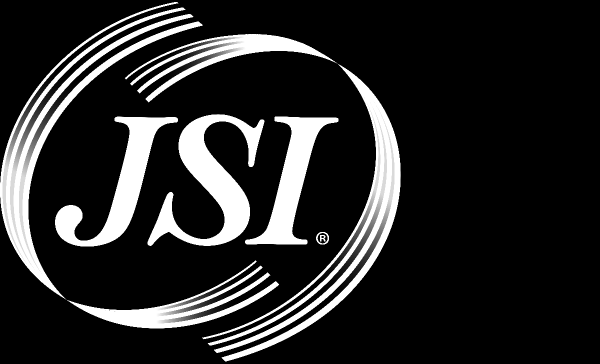
FCC Releases E-Rate Reform Order

Changes Coming for Carriers
Just before Christmas, the FCC released the text of its Second Report and Order and Order on Reconsideration in its ongoing E-rate modernization effort. The Order increases the total E-rate fund cap to $3.9 billion, effective for the 2015 funding year. It also outlines several important program changes that will impact many service providers’ operations, including a new rule requiring all carriers receiving high-cost support to bid on any Form 470 requests in their service areas.
Required to Bid on All Form 470 Requests
The biggest change for rural service providers is a new obligation to not only offer broadband at rates comparable to those in urban areas, but to bid on all Form 470 requests for category one telecommunications and internet access services in the areas where the carrier is receiving high-cost support. This will apply to all recipients of high-cost support that are subject to broadband performance obligations to serve fixed locations – specifically, rate-of-return carriers receiving support from the high-cost program, competitive bidders that are awarded support in the Connect America Fund (CAF) Phase II competitive bidding process, and price cap carriers receiving CAF support.
For most carriers, the bidding requirement will not be implemented until 2016 or later, after the FCC releases urban benchmark rates for broadband services. At that time, as a condition of receiving high-cost support, affected carriers will be required to bid and offer requested broadband speeds meeting the E-rate program targets of 100 Mbps in the near term, transitioning to 1 Gbps in the long term, at rates that are equivalent to the established urban benchmark rates.
In light of the new requirements, clients should establish a system for regularly monitoring Form 470 applications posted in their service areas or sign up for a service like JSI’s E-Rate Connect, which monitors USAC’s website and notifies participating carriers of all posted Form 470s in their service territories.
Tariffing Obligations
The FCC is allowing carriers to add a special class of educational customers to their tariffs in order to give them the flexibility to offer schools and libraries broadband rates not offered to other customers. This would alleviate concerns about discriminatory pricing practices; however, we anticipate companies would need to revise their tariffs to accommodate the new benchmarked broadband rates, at least for retail broadband services. JSI will provide further tariff guidance as more information becomes available from the FCC.
New Options for Purchasing Broadband
The FCC has suspended, from 2015 through 2018, its policy requiring E-rate applicants to amortize up-front special construction charges. In addition, beginning in 2016, applicants can enter into installment plans to pay the non-discount share of construction charges over a multi-year period of up to four years. Applicants interested in installment plans must indicate this on their Form 470 applications, and service providers can opt out of providing installment plans. Service providers who bid on applications requesting installment plans must address installment plan terms and conditions, if available, in bids.
The FCC also will allow a match of available state funding for special construction charges of up to 10%. Therefore, applicants who qualify for a 90% discount on eligible broadband services and 5% in state funding may receive an additional 5% in funding from E-rate, making the applicant’s non-discount share zero.
Dark fiber, already an eligible service under E-rate but subject to numerous restrictions, will be treated the same as lit fiber beginning in funding year 2016. Applicants seeking dark fiber must evaluate both dark and lit fiber options, and must ensure that all components required in the use of the dark fiber be considered in their cost analysis. Modulating electronics necessary to light dark fiber will also become eligible for category one support in 2016.
Also beginning in 2016, applicants will be able to construct their own broadband networks when self-construction is the most cost-effective solution. To ensure that self-construction is only available in limited circumstances, the FCC adopted the following safeguards:
- Applicants interested in pursuing self-construction must solicit bids for both service and construction in the same Form 470 and must provide sufficient detail so that cost-effectiveness can be evaluated based on the total cost of ownership over the useful life of the facility. Applicants who receive no bids on a service-only posting may pursue a self-construction option through a second posting for the same funding year;
- Applicants may only receive funding for self-construction if the facilities are built and used within the same funding year; and
- Applicants must secure all of the resources necessary to make effective use of the service they purchase.
Urban vs. Rural
The initial E-rate Modernization Order attempted to redefine urban and rural designations to mirror the U.S. Census criteria, which caused many applicants located in rural clusters with populations greater than 2,500 to be reclassified as urban, thereby losing potential E-rate funding. After an outcry from affected applicants and industry representatives, the December Order redefines urban and rural to a simpler standard. An urban area is one with a population equal to or greater than 25,000. Rural areas encompass all areas with populations of fewer than 25,000.
Please contact Dee Dee Longenecker in JSI’s Texas office at 512-338-0473 if you have questions about the E-rate modernization efforts, would like more information on JSI’s E-rate Connect service, or would like assistance with bidding on E-rate applications.
Source: Source email




